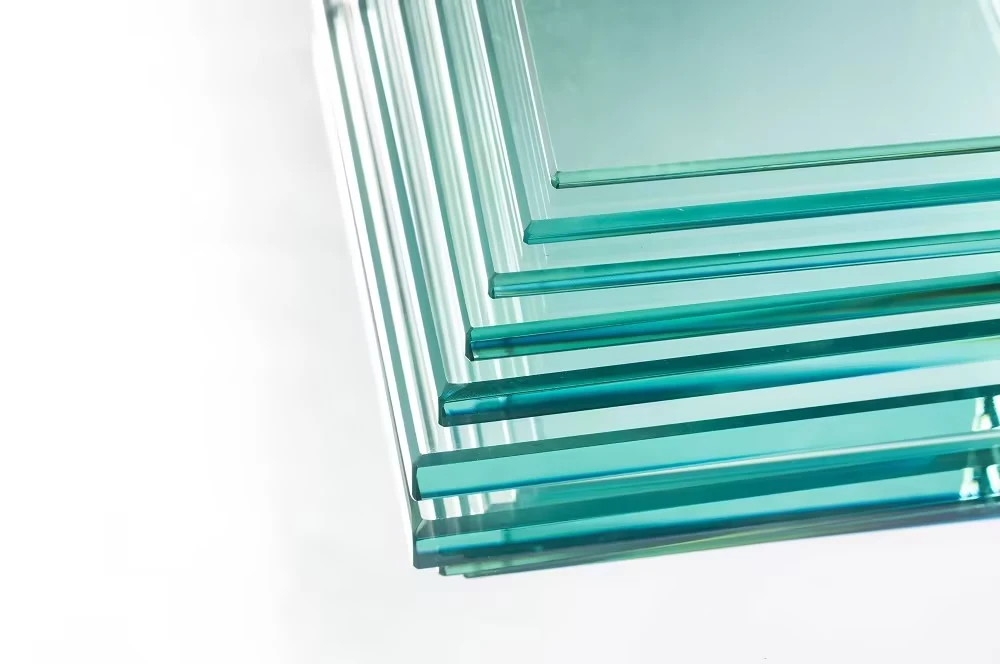Annealed float glass has emerged as a cornerstone in the architectural and building industries, offering a blend of strength, clarity, and versatility that few materials can match. Its unique formation process endows it with distinct characteristics, making it indispensable in numerous applications. This article delves into the intricacies of annealed float glass, drawing on real-world experience, in-depth expertise, authoritative insights, and a trustworthy analysis.

When it comes to the production of annealed float glass, the journey begins with raw materials like sand, soda ash, and limestone, which are melted at high temperatures to form molten glass. This glass is then gently floated over a bed of molten tin in a carefully controlled atmosphere. This process yields a perfectly flat sheet of glass, ensuring uniform thickness and clarity that remains unrivaled in the industry.
The annealing phase then slowly cools the glass, minimizing stresses and enhancing its overall strength and workability.
One of the primary virtues of annealed float glass is its unparalleled clarity and quality. Architects and designers prefer this glass for windows, facades, and interiors, appreciating its ability to create seamless, crystal-clear views and maximize natural light. The aesthetic appeal is complemented by practical functionality; annealed float glass offers a barrier against environmental pollutants and, to some extent, noise, improving indoor air quality and living standards.

In terms of expertise, working with annealed float glass requires a measured understanding of its physical properties. It is less prone to spontaneous breakage than tempered glass, making it a safer choice for environments where risk management is a priority. Experts often choose annealed float glass for applications where the glass is unlikely to experience high-impact forces because, unlike tempered or laminated glass, it can shatter into large, sharp pieces if broken. This dictates its preferred use in locations where human contact is rare or mitigated by design elements.
annealed float glass
The authority of annealed float glass in the construction industry is further solidified by its compliance with various global standards and certifications. It adheres to stringent regulations regarding safety, environmental impact, and durability. This alignment with industry standards ensures that when businesses and consumers opt for annealed float glass, they are investing in a product that meets established benchmarks for quality and performance.
Trustworthiness in annealed float glass is reflected in its proven track record across countless projects worldwide. Building owners and developers have observed that installations involving this material experience fewer issues over time, correlating with reduced maintenance costs and a longer lifespan. Moreover, its recyclability aligns with modern sustainable practices, reinforcing confidence that annealed float glass contributes positively to environmental stewardship.
Specialized applications of annealed float glass include its use in solar energy panels and greenhouses, where its high solar transmittance enhances efficiency. Manufacturers have developed coatings and treatments that can be applied to annealed float glass to augment its energy efficiency and thermal insulation properties. These advancements allow builders to meet increasing demands for energy-conscious construction without sacrificing aesthetics or performance.
In conclusion, annealed float glass stands as a testament to innovation and reliability in the field of construction materials. Its ability to combine transparency with structural integrity makes it a quintessential choice for diverse building applications. With a deep-seated expertise in handling and installing this material, coupled with authoritative compliance with industry standards, professionals continue to trust in its unparalleled capabilities. Whether enhancing architectural beauty, contributing to green building initiatives, or supporting everyday functional needs, annealed float glass remains a symbol of excellence across the globe.



